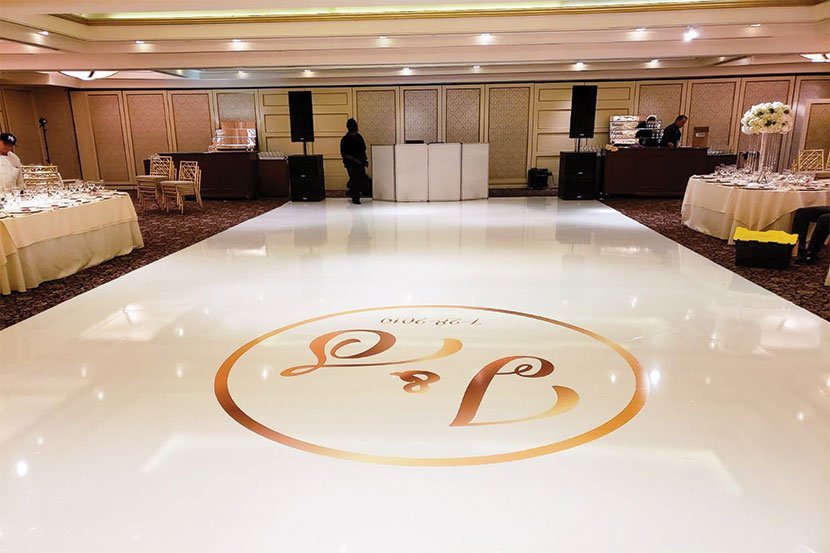Essential Tips for Maintaining and Caring for Leased Performance Floors to Guarantee Durability and Functionality
Essential Tips for Maintaining and Caring for Leased Performance Floors to Guarantee Durability and Functionality
Blog Article
Caring for and caring for rented dance floors is essential to ensure their longevity and performance. Dance floors are commonly made from materials like wood, synthetic, or laminate, each requiring particular care to maintain them in optimal condition. Proper maintenance not only improve the look of the surface but also ensures safety for dancers. By adhering to a few essential tips, renters can extend the lifespan of leased dance floors and preserve their effectiveness for various events.
One of the key important aspects of maintaining for a leased dance floor is regular cleaning. Dust, dirt, and grime can accumulate on the top, rendering it slippery and dangerous for dancers. It is advisable to sweep or vacuum the floor before and after each use. For thorough cleaning, a moist mop with a suitable cleaning agent can be employed, but it is important to avoid excessive water, especially on timber surfaces, as this can cause warping. Using the right cleaning agents is also essential; harsh chemicals can damage the finish and quality of the surface. Always check with the leasing company for recommended cleaning agents.
Another important factor in maintaining rented dance floors is correct installation and setup. Ensuring that the surface is laid out properly can prevent damage during use. It is crucial to adhere to the manufacturer's guidelines for setup, which may include using safeguarding underlayment or making certain that the surface is level. If the surface is composed of sections, ensure that all pieces fit tightly together to avoid tripping hazards. Additionally, using safeguarding coverings during installation can help avoid scratches and dents from gear or furniture.
Climate and humidity control also have a significant role in the care of rented dance floors. Timber surfaces, in particular, are sensitive to fluctuations in the environment. High moisture can cause wood to expand, while low humidity can lead to splitting. It is recommended to keep the dance space at a stable climate and humidity level. If possible, use humidity control devices or air conditioning to maintain a pleasant atmosphere. This not only protects the surface but also enhances the general experience for performers.
Ultimately, it is crucial to inform all users about the correct use of the dance floor. Dancers should be cognizant of the kinds of shoes that are suitable for the floor. For example, shoes with rubber soles can address cause too much friction on certain floors, while shoes with rigid soles may scratch the floor. Encouraging performers to warm up and recover correctly can also help prevent accidents and harm. By cultivating a culture of care and respect for the rented dance surface, participants can ensure that it stays in top-notch condition for future events.